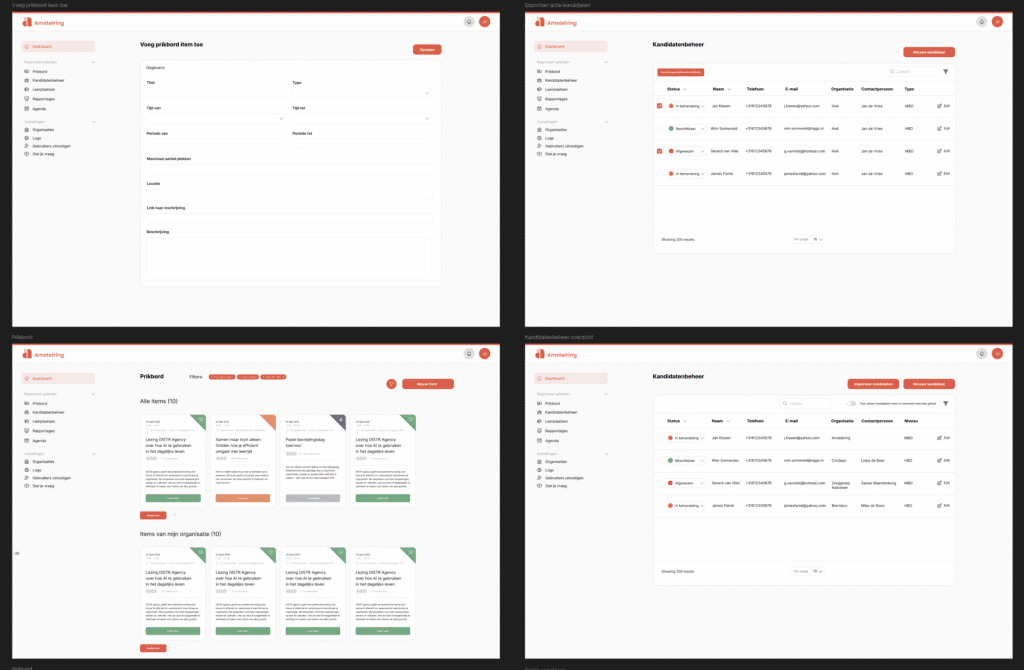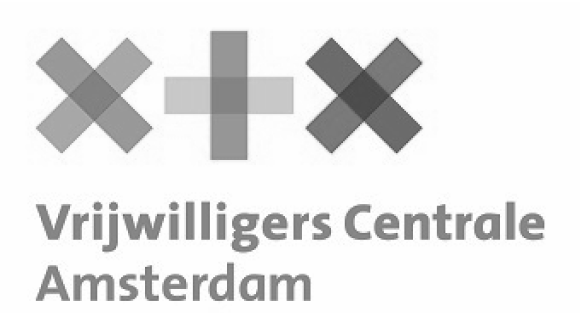Wireframes and prototyping take you from idea to interactive insight
About wireframes & prototyping
Wireframes and prototypes are the visual blueprint of your digital environment. They make ideas tangible, provide structure and help validate choices early on. Wireframes serve as the basic structure and blueprint of a website or application, laying the foundation for the further design and development process.
Whether you’re developing a website, app or portal, this phase makes abstract plans concrete. Wireframes help visualize ideas and are an essential step in developing digital products. By using wireframes and prototypes smartly, you save time, money and frustration in later phases.
What are wireframes and prototypes? A schematic explained
Wireframes are schematic representations of the structure of a page or screen. They show the structure, layout and content hierarchy, and clearly depict the various components of a page, such as buttons, text boxes and image placement. This is done without the distraction of color, fonts or style elements. Creating a wireframe is an important process for visualizing and structuring the user interface and user experience. Prototypes are interactive versions of wireframes or designs that allow users to click through a flow – perfect for testing usability and creating internal buy-in.

Wireframes and prototypes are an essential part of any UX design journey. They help improve user flows, test behavior and gain insight into how the final experience feels. When designing wireframes, diagrams can be a useful tool to clarify the structure and relationships between components. At OMA, we use wireframes and prototyping as a bridge between strategy, design and engineering.
What to expect
- Low- and high-fidelity wireframes (from sketch to detail level)
- Interactive prototypes in Figma or similar tools
- Understanding content structure and user flow
- Easy sharing of wireframes and gathering feedback through shared platforms
- Collaborate as a designer with other team members on wireframes
- Involve all stakeholders so that everyone is part of the review process
- Feedback rounds with stakeholders or users
- Documentation for development and UI design
Example applications of visual elements:
- Validation of a new website structure
- Interaction design for complex digital tools
- Quickly gain insight into an app concept
- Accelerate internal decision-making with clickable demos
- User testing without having to build
- Testing mobile-first or responsive designs
- Preventing major modifications later in the design process
Our working method
- Define purpose and scope – What do we want to provide insight or test?
- Designing Wireframes – Focusing on structure and ease of use is essential when designing wireframes. Choosing intuitive tools streamlines the design process and keeps ease of use high, even for beginners. From rough draft to elaborate screens.
- Build prototype – Add interaction for realistic rendering. In this step, you can easily add new elements, such as pages or product screens, to the prototype to promote collaboration and reuse.
- Testing & feedback – Stakeholders or users provide input.
- Optimization & transfer – After validation, ready for visual design or development. Based on the wireframes, you can then have the application developed.











